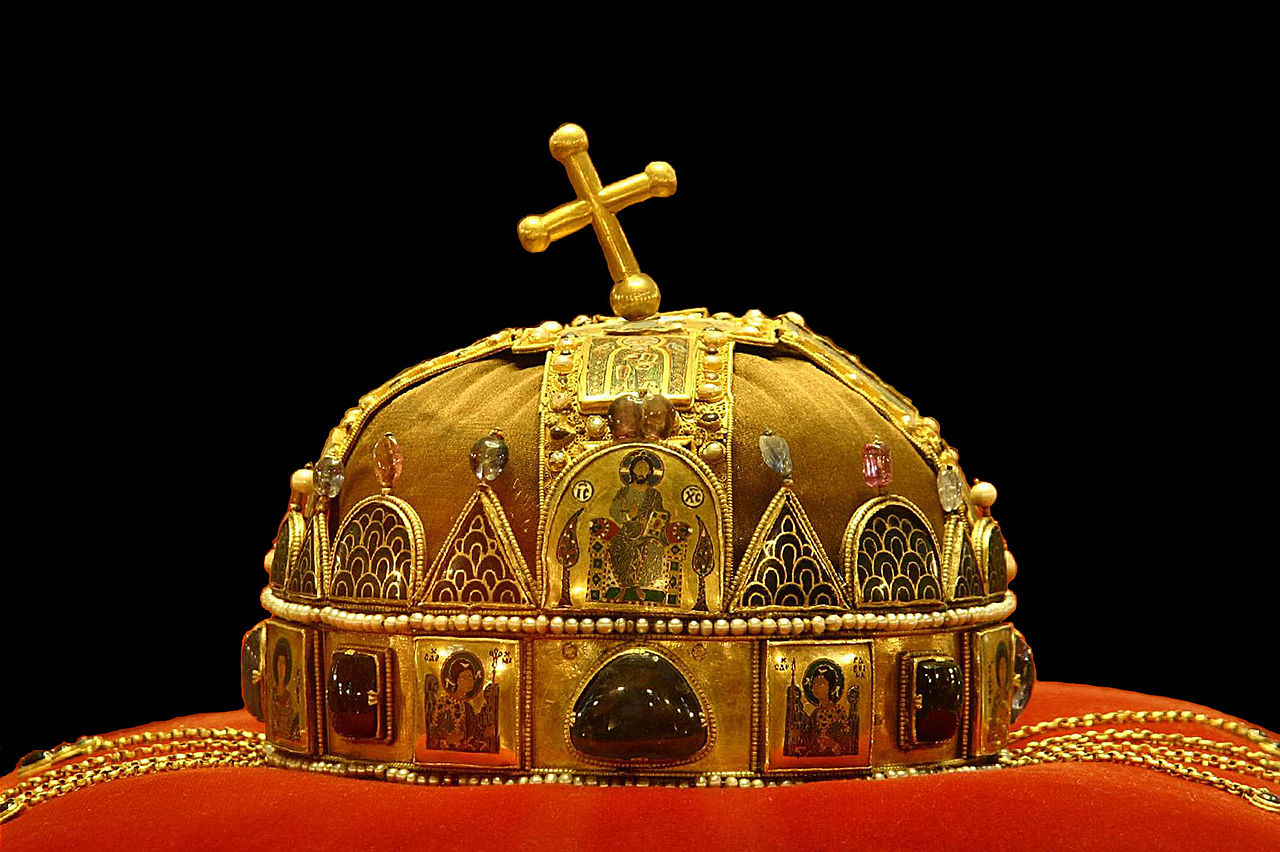For thousands of years, diamonds have been more than just rare and beautiful gemstones. They’ve stood for divinity, protection, power, commitment, and love. Their unmatched hardness and brilliance have fascinated ancient civilizations, warriors, kings, and lovers alike.
In this article, we’ll explore how diamonds have carried so many meanings over time: from the ancient Greek belief that they were tears of the gods, to their rise in the 20th century as a democratic symbol of eternal love, and finally, to the freedom we have today to give them whatever meaning we choose.
Lab-grown diamonds with a unique origin show just how many new meanings we can give these gemstones. For football fans, Brilianto’s diamonds created from the grass of their beloved stadium carry deep emotion. Their natural beauty and singular origin capture everything they feel for the club they love.
Since ancient times, diamonds have symbolized a wide range of values and emotions. In this article, we take a closer look at how people have perceived diamonds throughout history.
Origin of the word ‘diamond’: power and strength
The word diamond has deep roots in the ideas of strength and power. It comes from the Greek adamas, meaning unconquerable and indestructible. These meanings point to two key ideas. First, the idea that humans, with our short lives, can never truly possess something eternal. And second, the unmatched durability of this gemstone. In ancient times, nothing was known to be harder than a diamond.
In his first-century work Naturalis historia, Pliny the Elder described adamas as “the most valuable substance, not only among gemstones, but of all human possessions”.
Early diamonds in India: divine power and protection
The first diamonds are believed to have been discovered in India around 2,500 years ago, in the Golconda region. Among the ruling classes, diamonds were seen as divine objects and used as protective talismans, a belief that lasted well into the Middle Ages.
In Hindu mythology, diamonds were revered as protective amulets against fire, poison, and evil spirits. People believed these gems were formed when lightning struck rock.
In Ancient Egypt, a gemstone was often placed at the center of the ankh, the key of life or cross of life. This amulet not only symbolized life itself, but was also the hieroglyphic sign used to represent it.
Ancient Greece and Rome: divine tears or pieces of fallen stars
What did diamonds mean to the ancient Greeks and Romans?
In Ancient Greece, diamonds were believed to be tears of the gods or fragments of stars that had fallen to Earth, an idea later adopted by Roman culture. One of the most unusual interpretations came from the philosopher Plato, who suggested diamonds were living beings containing celestial spirits. Greek mythology even tells us that Perseus decapitated Medusa with a sickle tipped with diamond.
The Romans took these mystical ideas further and believed diamonds gave them invincibility. Some warriors wore them in battle as part of their armor, a practice later continued by medieval knights. Romans also prized diamonds for their natural beauty and extreme rarity. Since they arrived in small quantities from India, their scarcity made them a powerful status symbol in Roman society.
Diamonds in the Middle Ages: status, power, and early symbolism
In the Middle Ages, as trade routes expanded from the 10th century onward, diamonds became a symbol of status and power. It was during this time that gemstones were first seen as symbols of marriage.
The idea of the diamond as a symbol of wealth, and as a valuable gem in its own right without the need for deeper symbolism, was born during this period.
Diamonds as symbols of power in royal crowns
In Europe, diamonds began to represent the power of kings and queens, reinforcing their connection to divinity. This association took hold in the 11th century. In 1074, for the first time, a diamond became the central jewel in a crown, that of the Hungarian queen (see photo at the top of this article). The gem symbolized dominance, status, and superiority. It was also the first known use of a diamond in jewelry. Politically, diamonds also carried a second layer of meaning: when given as gifts, they were a symbol of loyalty.

The origin of the engagement ring
In the Middle Ages, the elite gave diamonds their first romantic meaning. This was the beginning of the diamond ring as a symbol of commitment. In 1286, priest Guillaume Durand wrote in his manual that “the diamond is unbreakable, and love is eternal and stronger than death, which is why it’s perfect to wear on the ring finger, whose vein runs directly to the heart”. Royal and aristocratic circles in the Late Middle Ages laid the foundation for the idea of the diamond as a symbol of true and lasting love, an idea that gained major momentum in the 20th century.
During the Middle Ages, diamonds were still seen as protective amulets, thanks to the belief that they had mystical and healing powers. People thought they could cure everything from stomach pain and memory loss to mental disorders, skin diseases, and other ailments.
The meaning of diamonds from the Renaissance to the Belle Époque
The sea route to India, opened by Vasco da Gama in 1497, gave Europe’s wealthy and powerful greater access to diamonds. In 1520, the creation of the rose cut gave diamonds even greater commercial appeal. Later, new diamond mines were found in Brazil, Australia, Russia, and South Africa.
From the Renaissance onward, the idea took hold that a truly special and unique piece of jewelry should include a diamond.
With the Enlightenment, diamonds remained a symbol of political power, often linked to crowns and royal jewels. At the same time, they became more accessible to the rising bourgeoisie. The old mythological view of diamonds began to fade, giving way to a more modern perception: a symbol of wealth, refined taste, and sophistication, or simply a gem desired for its unmatched natural beauty.
During the Belle Époque, from the late 19th century until World War I, diamonds lost some of their exclusivity after large gem deposits were found in South Africa in the 1870s. As a result, the elite also turned to rarer stones like sapphires, rubies, and emeralds. Still, the diamond’s image as a symbol of status and refined beauty remained strong. In fact, this era —marked by elegance and femininity— was the perfect setting for these precious stones.
20th century: status, style, and love
In the 20th century, diamonds kept many of the meanings they had carried for centuries: power, status, and aesthetic value. But after World War II, the famous 1947 slogan by De Beers, A diamond is forever, introduced a new, modern idea: the diamond as the ultimate symbol of love.
By the late 19th century, diamonds were coveted by both Indian maharajas and American industrial tycoons. But in the second half of the 20th century, they became accessible to a much broader part of the population.
Diamonds with a wide range of meanings
Diamonds are no longer talismans or treasures reserved for royalty. Today, they’ve become a way to celebrate, whether it’s love for someone, a commitment, a feeling, or simply a personal sense of beauty.
In recent decades, we’ve given diamonds as many meanings as we’ve wanted. Lab-grown diamonds, which make it possible to celebrate and honor love in all its forms, have opened the door to new ways of understanding these precious stones.
With the same physical, chemical, and optical properties as mined gems, lab-grown diamonds offer an ethical alternative, one filled with new meanings for today’s and tomorrow’s consumers.
We keep assigning new meanings to diamonds. But one thing hasn’t changed since the first gem was mined in India 2,500 years ago: their natural beauty still inspires us.
Brilianto: giving diamonds depth and meaning
At Brilianto, every lab-grown diamond carries more than beauty. It holds emotion, history, and identity. We use carbon from places filled with meaning —like the grass of legendary stadiums— to create ethical diamonds with real emotional power. From the Etern Spotify Camp Nou collection to the Diamantes da Luz collection, each gem is born from a place, a moment, a legacy.
These aren’t just beautiful jewels. They are symbols of loyalty, pride, and love, crafted to celebrate what truly matters. A Brilianto diamond is more than a gift. It’s a piece of history you can wear.
